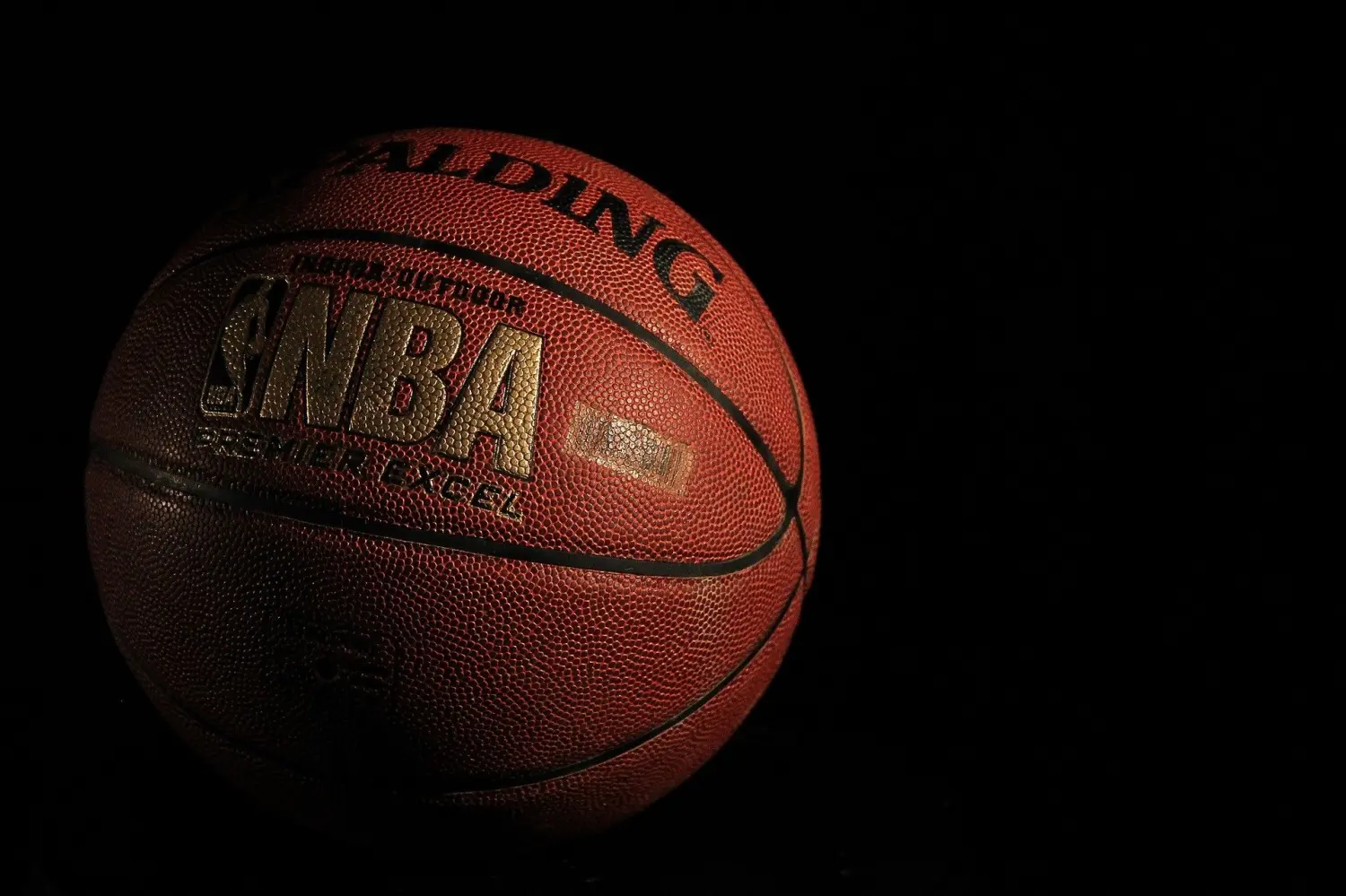Why Is Basketball Growing Around the World?
From loaded arenas in Paris to reverberating courts in Manila, this sport was once dominated by American athletes. But now, amidst the rise of globalisation, international basketball has become a sensation. The rise of the sport has been impossible to ignore.
This transformation isn’t just about impressive dunks or dramatic buzzer-beaters. It’s rooted in accessibility and cultural resonance. Basketball has become a universal language, connecting communities further and beyond. Its growth is a testimony to dedication and effective marketing. We will break it down one by one in this blog.
The NBA’s Global Playbook
The NBA has been a catalytic instrument behind basketball’s worldwide popularity. By actively recruiting talent from over 40 countries and broadcasting games in 200+ regions, the league has turned players like Slovenia’s Luka Dončić and Germany’s Dirk Werner Nowitzki into household names.
These players are not just sportsmen. They inspire young fans from their nations to pick up a ball and be represented globally. The NBA’s grassroots programs, such as Basketball Without Borders, have also fostered talent in Africa, Asia, and Europe, creating a channel that strengthens the sport’s international footprint.
Social Media
Social media platforms like Instagram, YouTube, and TikTok have erased geographical barriers. A teenager in the remotest parts of Russia can study Stephen Curry’s shooting form through tutorials, while a highlight reel of Kevin Durant goes viral in minutes.
NBA All-Stars to the likes of LeBron James utilize their social media presence to form a connection with fans worldwide, through interactive reels and Instagram lives. The NBA’s short-form content design—think nail-biting moments and behind-the-scenes clips—has made the sport relatable and sensational. This is true, especially for younger audiences who spend a better half of their day behind a screen.
Affordable and Adaptable
Unlike sports requiring expensive equipment or facilities, basketball thrives on simplicity. All you need is a ball, a hoop, and pavement. This low barrier to entry has made it a staple in urban centres and rural villages alike.
Countries like Lithuania and the Philippines, where space is limited, have embraced streetball culture, proving that creativity often flourishes in constrained environments. Even in refugee camps, non-profit organizations like Hoops for Hope use the sport to foster resilience and unity.
Cultural Cross-Pollination
Basketball has become a canvas for cultural exchange. The sport’s cultural aesthetic speaks deeply with Gen Z’s self-expression. Basketball has immortalized many ongoing popular trends — from incorporating sneakers into fashion to the hip-hop phenomenon. These influences were further driven by collaborations with renowned fashion brands.
Let us illustrate with a few examples of the intersections of pop culture and basketball :
- Music: Musical artists like Drake and Keith Urban collaborate with the NBA, blending sports with global music trends. Apart from that, some players like Shaquille O’Neal have had musical careers themselves.
- Fashion: Players like Michael Jordan or PJ Tucker are style icons. Also, the NBA has a history of partnering with popular sportswear brands like Nike or Supreme and has also made a foray into the world of premium luxury brands like Louis Vuitton.
- Lingo: Terms like swish and alley-oop were previously a part of a niche subculture. But now, owing to the commodification and reach of basketball these terms are understood worldwide. Some might view this as a tool for breaking linguistic boundaries. It is a creation of a culture on its own — people who have never been interested in basketball are still known to incorporate basketball lingo in their everyday vocabulary.
Olympic and International Stage
Nothing elevates a sport like Olympic glory. Since 1936, basketball has been a marquee event at the Games. Iconic moments—from the 1992 US “Dream Team” at the Barcelona Summer Olympics to Argentina’s 2004 gold medal—have been a part and parcel of this game. The FIBA World Cup and EuroLeague further amplify competition, giving nations a platform to showcase homegrown talent.
The Future: More Than Just a Game
Basketball’s surge is not going away anytime soon. Emerging leagues in developing continents like Africa and Asia are building exciting opportunities. To enhance this democratization, the use of virtual reality technology like VR training and AI analytics, is making skill development more accessible. Most significantly, the sport’s focus on teamwork and identity strikes a chord in a world increasingly valuing cultural adaptability and raw universal appeal. The game’s power to connect us all is its greatest victory.



Leave a Reply
Want to join the discussion?Feel free to contribute!